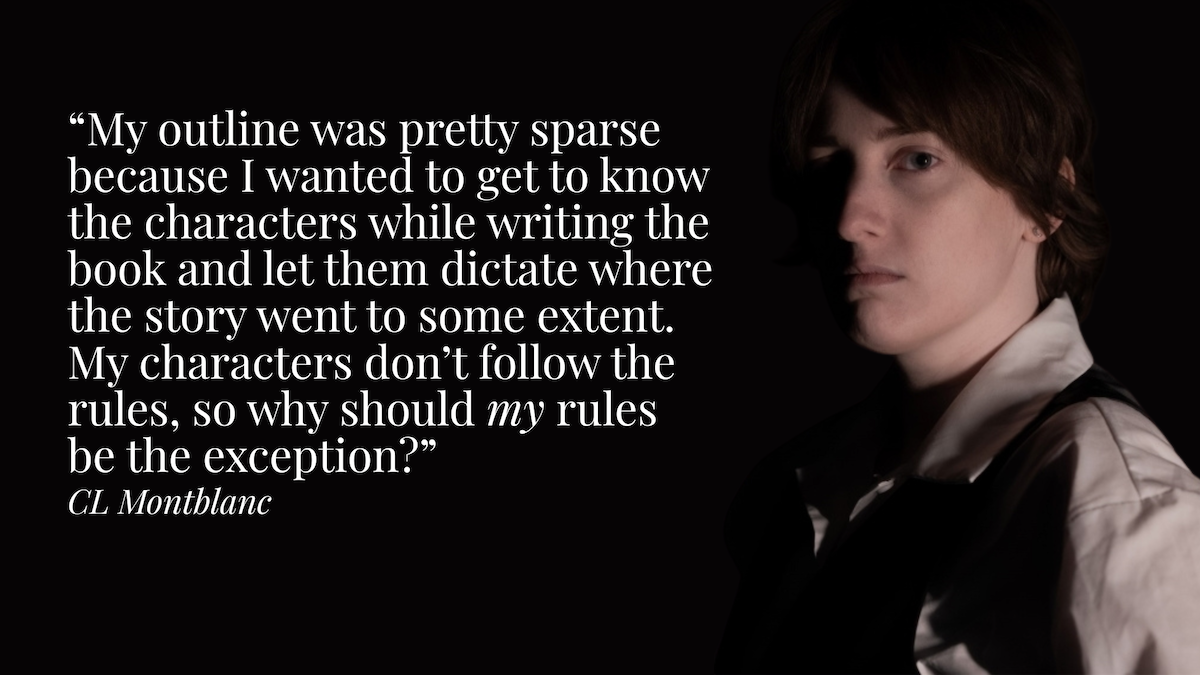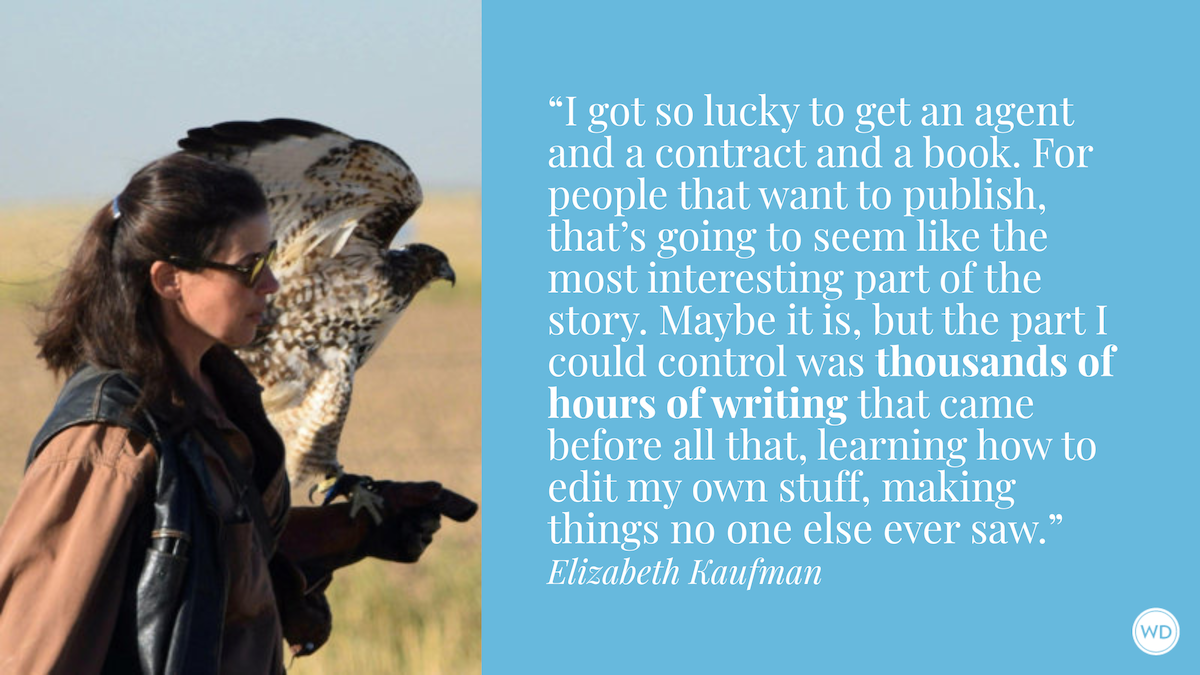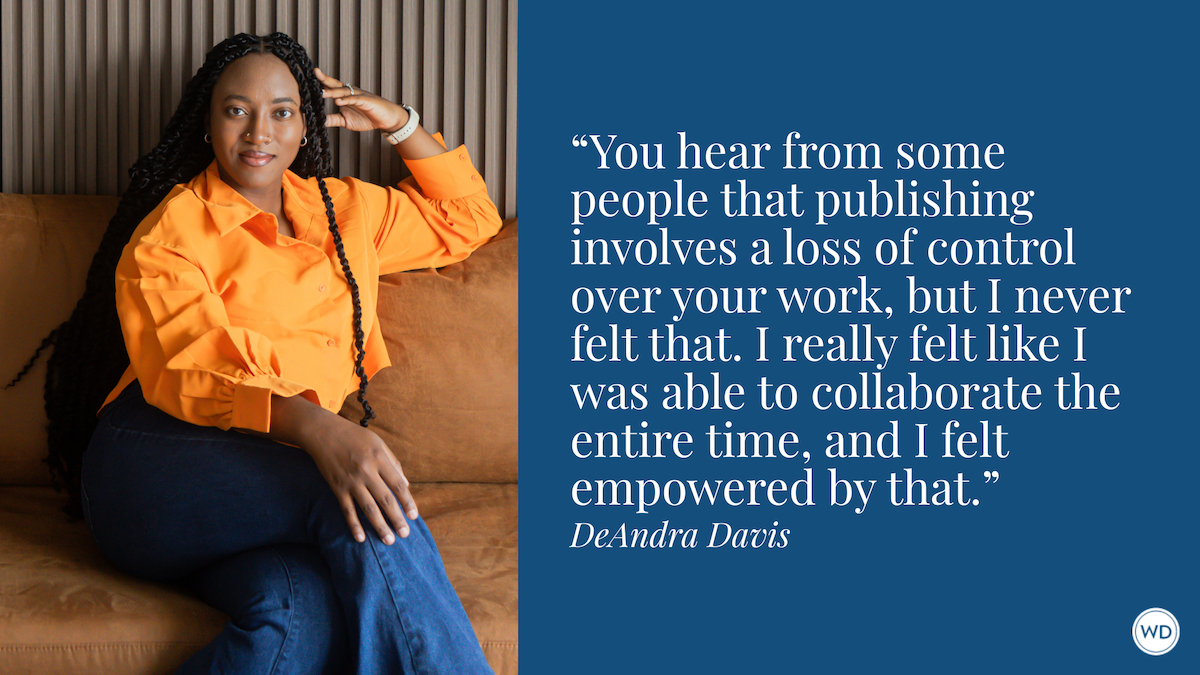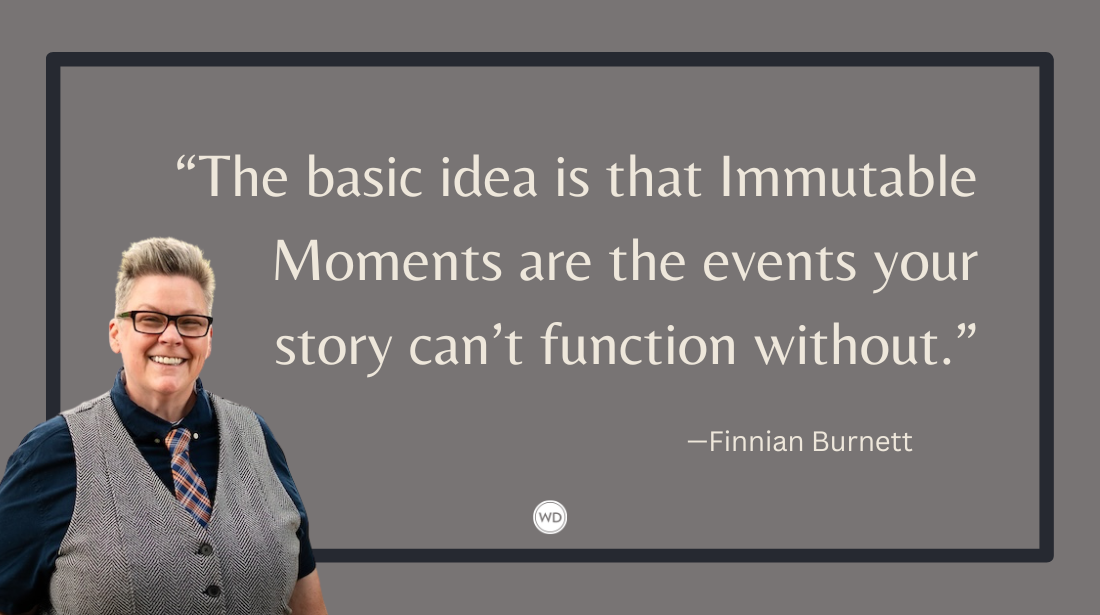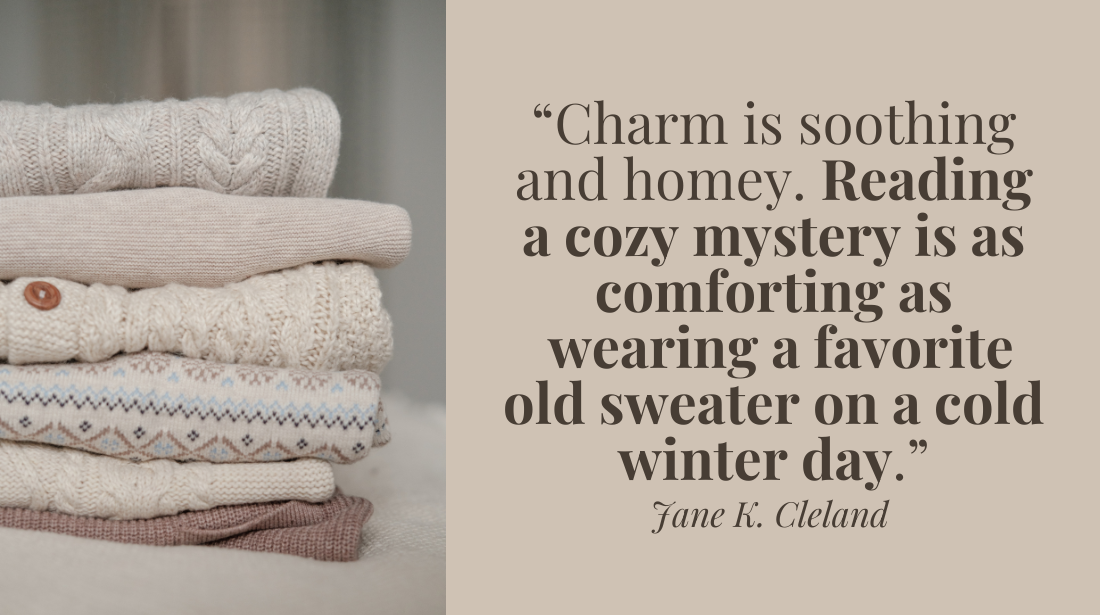Writing Gender-Specific Dialogue
Writing dialogue to suit the gender of your characters is important in any genre, but it becomes even more essential in romance writing. In a romance novel, characters of opposite…
Writing dialogue to suit the gender of your characters is important in any genre, but it becomes even more essential in romance writing. In a romance novel, characters of opposite sexes are often paired up or pitted against each other in relationships with varying degrees of complication. Achieving differentiation in the tones and spoken words of your male and female characters requires a careful touch, especially if you're a woman writing a male's dialogue, and vice versa. In an excerpt from On Writing Romance by Leigh Michaels, the author discusses ways in which you can render the dialogue of your guy or gal protagonist more realistic and effective.
GENDER-SPECIFIC DIALOGUE
It’s difficult for a writer to create completely convincing dialogue for a character of the opposite gender. But you can make your dialogue more realistic by checking your dialogue against a list of the ways in which most writers go wrong.
If You’re a Woman
Here’s how to make your hero’s dialogue more true to gender if you’re a female writer:
- Check for questions. Men tend to request specific information, rather than ask rhetorical questions. If your hero’s questions can’t be answered with a brief response, can you rephrase them? Instead of asking questions at all, can he make statements?
- Check for explanations. Men tend to resist explaining; they generally don’t volunteer justification for what they do. If you need him to explain, can you give a reason why he must?
- Check for feelings. Men tend to share feelings only if stressed or forced; they’re more likely to show anger than any other emotion. They generally don’t volunteer feelings. If you need your hero to spill how he’s feeling, can you make it more painful for him to not talk than to share his emotions?
- Check for details. Men tend not to pay close attention to details; they don’t usually notice expressions or body language; they stick to basics when describing colors and styles. Can you scale back the level of detail?
- Check for abstractions. Men tend to avoid euphemisms, understatements, comparisons, and metaphors. Can you rephrase your hero’s dialogue in concrete terms?
- Check for approval-seeking behavior. Men tend to be direct rather than ask for validation or approval. Can you make your hero’s comments less dependent on what the other person’s reaction might be?
If You’re a Man
Here’s how to make your heroine’s dialogue more realistic if you’re a male writer:
- Check for advice. Women tend to sympathize and share experiences rather than give advice. Can you add empathy to your character’s reactions and have her talk about similar things that happened to her, rather than tell someone what he should do?
- Check for bragging. Women tend to talk about their accomplishments and themselves in a self-deprecating fashion rather than a boastful one. Can you rephrase her comments in order to make her laugh at herself?
- Check for aggressiveness. Women tend to be indirect and manipulative; even an assertive woman usually considers the effect her statement is likely to have before she makes it. Can you add questions to her dialogue, or add approval-seeking comments and suggestions that masquerade as questions?
- Check for details. Women notice styles; they know what colors go together (and which don’t); and they know the right words to describe fashions, colors, and designs. Can you ramp up the level of specific detail?
- Check for emotions. Women tend to bubble over with emotion, with the exception that they’re generally hesitant to express anger and tend to do so in a passive or euphemistic manner. If you need your heroine to be angry, can you give her a really good reason for yelling?
- Check for obliviousness. Women notice and interpret facial expressions and body language, and they maintain eye contact. If you need your female character to not notice how others are acting, can you give her a good reason for being detached?
Writing Realistic Dialogue: Exercises
- Eavesdrop (politely) as real people talk. How do two women speak to each other? How do two men speak to each other? How do a man and a woman speak to each other?
- Can you guess the nature of each relationship? For instance, do you think the couple you’ve listened to is newly dating or long-married? On what evidence did you base your opinion?
- Read your dialogue aloud. Unnatural lines may hide on the page, but they tend to leap out when spoken.
- Listen to someone else read your dialogue aloud. Better yet, get a man and a woman to read the appropriate parts. How do the lines sound? How do they feel to the speakers?
For more insights into the craft of writing a romance novel, check out On Writing Romance by Leigh Michaels.
Ready to pitch your novel? There's still time to sign up for "The Art of the Pitch: Perfect Your Number One Tool to Attracting Agents, Publishers and Readers," a live webinar that will air on February 14 at 1:00 p.m. EST. Presented by The Book Doctors, Arielle Eckstut and David Henry Sterry, you'll learn how to explain what's amazing, awesome, absolutely fabulous, funny, heartbreaking, entertaining, informative, and valuable about your book in 250 words or less! Don't miss this opportunity to learn the nuts and bolts of what makes a perfect pitch.
Rachel Randall is a content editor for Writer's Digest Books.



